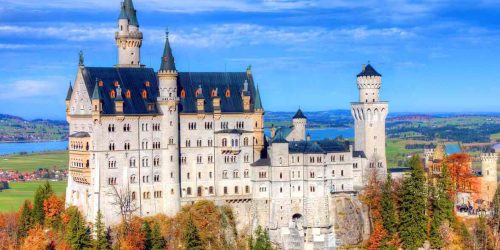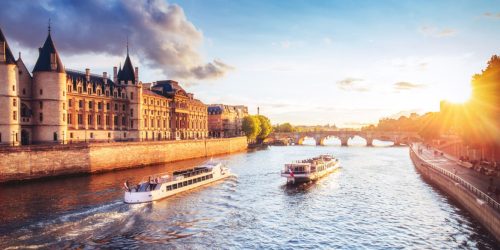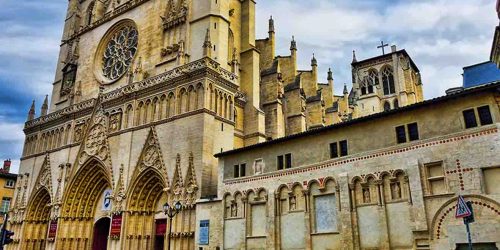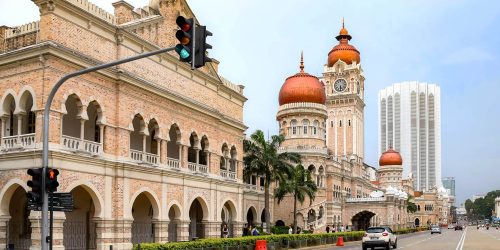Autumn in Munich: A Season of Culture, Culinary Delights, and Festive Revelry
I’ve always been drawn to Munich’s unique blend of tradition, modernity, and cultural diversity. And when the leaves begin to turn vibrant shades of red, orange, and gold, it’s a clear sign that autumn has arrived in Bavaria. Munich, the capital of Bavaria, takes on a special allure during this season, making it an ideal destination for travelers seeking rich cultural experiences, mouthwatering culinary delights, and the excitement of festive celebrations.
Marienplatz – The Vibrant Heart of Munich
My journey into Munich’s autumn wonders begins in the heart of the city, at Marienplatz. On a crisp autumn morning, the square comes alive with the melodious chimes of the Glockenspiel, Munich’s famous clock tower. Tourists and locals alike gather to witness the mechanical marvel perform its daily ritual, recounting historical tales through its animated figurines.
Opening Hours: Always open
Admission: Free
The Glockenspiel spectacle is a charming experience that occurs at 11 AM each day. The clock’s figures enact stories from Munich’s history, complete with knights jousting and the wedding of Duke Wilhelm V. It’s a delightful introduction to the rich heritage of the city.
A Sojourn in the Gardens of Nymphenburg Palace
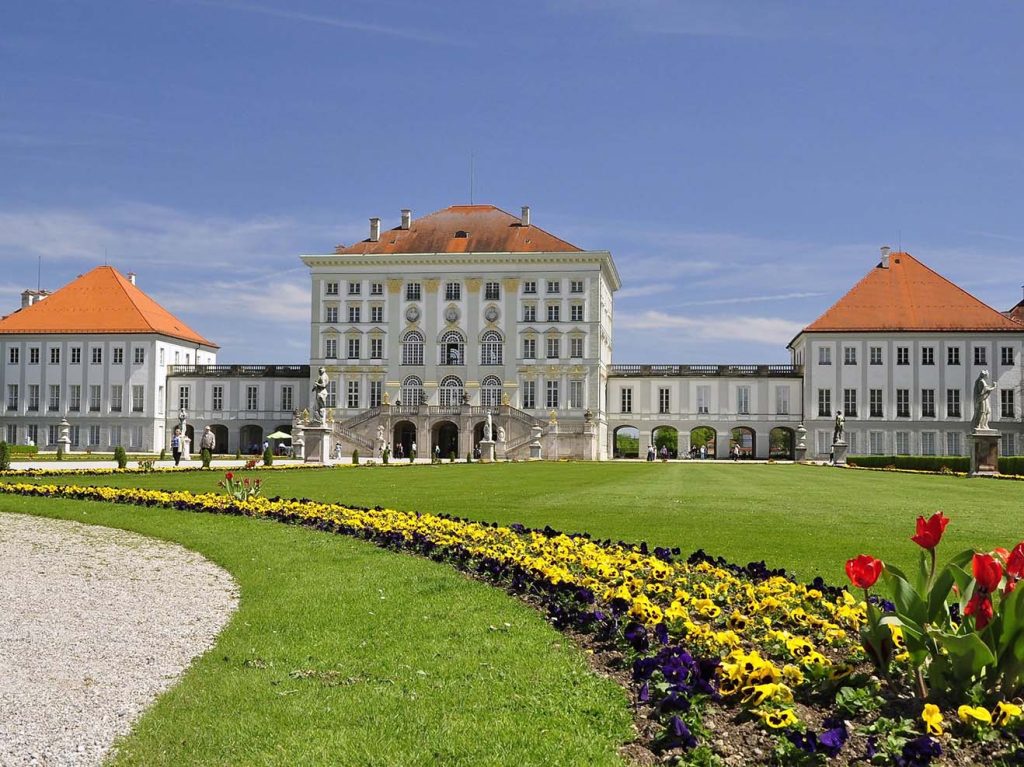
The crisp autumn air hung delicately, carrying the faint scent of falling leaves. I was eager to explore Nymphenburg Palace, which was set amidst an expanse of beautifully landscaped gardens. As I made my way towards this majestic Baroque palace, I couldn’t help but feel a sense of anticipation.
Opening Hours: 9 AM – 6 PM
Admission: Palace (Main Building) – €12, Park – Free
The palace’s name, Nymphenburg, translates to “Nymph’s Castle,” and I soon understood why. The palace is an architectural marvel, reminiscent of a bygone era of Bavarian royalty. Constructed in the 17th century, it was the summer residence of the Wittelsbach family, who ruled Bavaria for centuries.
As I entered the opulent chambers of the palace, I was transported back in time. Each room was a testament to the grandeur and elegance of Bavarian monarchs. The Hall of Mirrors was a dazzling display of intricate design, adorned with glittering chandeliers and gold accents. King Ludwig II’s bedroom offered a glimpse into the life of Bavarian royalty. It was as if the spirits of these regal figures still lingered in the hallways.
The palace gardens were equally enchanting. Here, I strolled along tree-lined pathways, marveling at the vibrant hues of autumn. The trees shed leaves of crimson, amber, and gold, creating a carpet that led me deeper into the gardens.
Nymphenburg’s extensive garden complex boasts multiple smaller palaces, pavilions, and serene canals. I discovered the Amalienburg, a charming hunting lodge in the form of a petite Rococo palace. The Pagodenburg, designed in a Far Eastern style, was another delightful find. The English Garden is the perfect spot for a leisurely walk, with its tranquil canals and serene landscapes.
One of the most captivating features of the garden was the numerous fountains, each adorned with beautifully carved sculptures. The grandest of them all was the Grand Cascade, an impressive water feature that graced the garden’s central axis. Standing in front of this cascading fountain, I marveled at the intricate stonework and the masterful design of the garden. It was an oasis of tranquility and beauty that offered a retreat from the world’s hustle and bustle.
As I sat beside one of the canals, the gentle rustling of the leaves and the soothing sounds of water provided a serene backdrop. The contrast of nature’s subtle symphony with the opulence of the palace was a defining memory of my autumn journey through Munich.
English Garden – Nature’s Tranquil Retreat
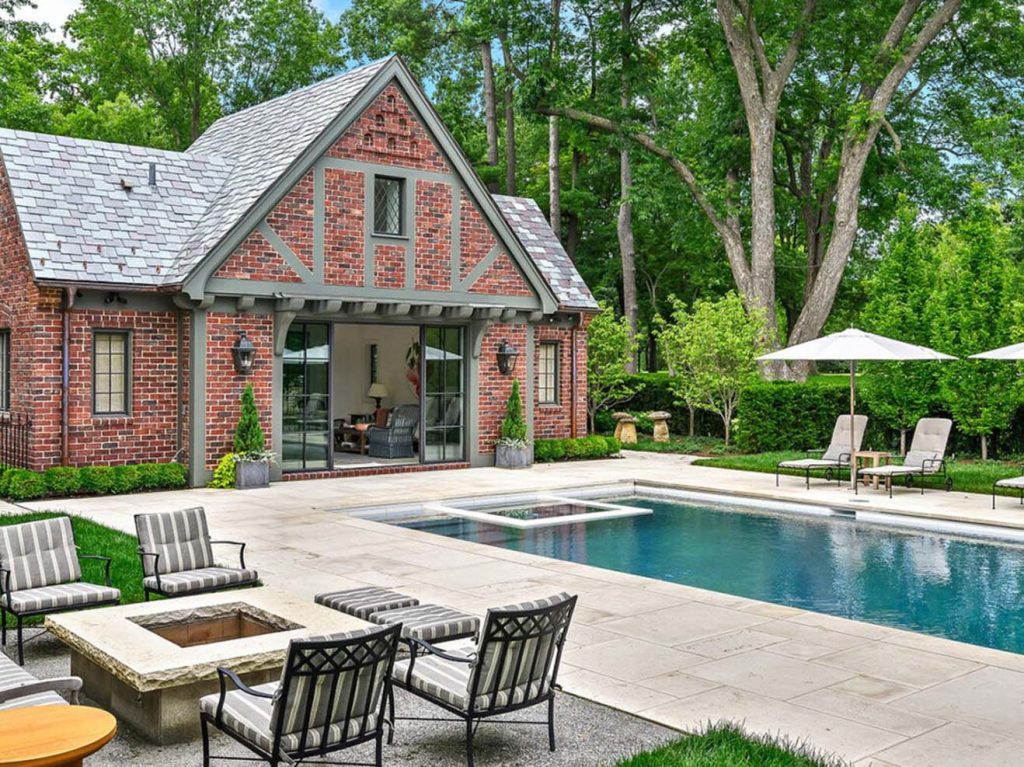
The English Garden, or Englischer Garten, is one of the world’s largest urban parks, where one can escape the bustling city while remaining within its borders. Here, I find solace among scenic pathways that wind through stunning landscapes, leading to an unexpected highlight—an artificial wave in the Eisbach River.
Opening Hours: Always open
Admission: Free
The sight of surfers skillfully riding the Eisbach’s waves amidst a city park is an intriguing and delightful spectacle. I find a cozy spot along the riverbank and watch as surfers conquer the waves, their enthusiasm matched only by the mesmerizing beauty of the autumn trees. It’s moments like these that reaffirm Munich’s status as a city filled with pleasant surprises.
Munich Residenz – The Seat of Royalty
The Munich Residenz is a grand architectural testament to Bavaria’s royal history. As I traverse its opulent rooms, I’m captivated by the lavish decor and the grandeur that once housed the Wittelsbach dynasty.
Opening Hours: 9 AM – 6 PM
Admission: €7 for the Residenz Museum, additional fees for special exhibitions
The Residenz’s Treasury is among its most intriguing sections, housing a remarkable collection of royal jewels, crowns, and other priceless artifacts. It’s a fascinating peek into the opulent lifestyle of Bavarian rulers. As I wander through the expansive palace complex, I can’t help but marvel at the historical significance that this place holds.
Viktualienmarkt – A Culinary Paradise
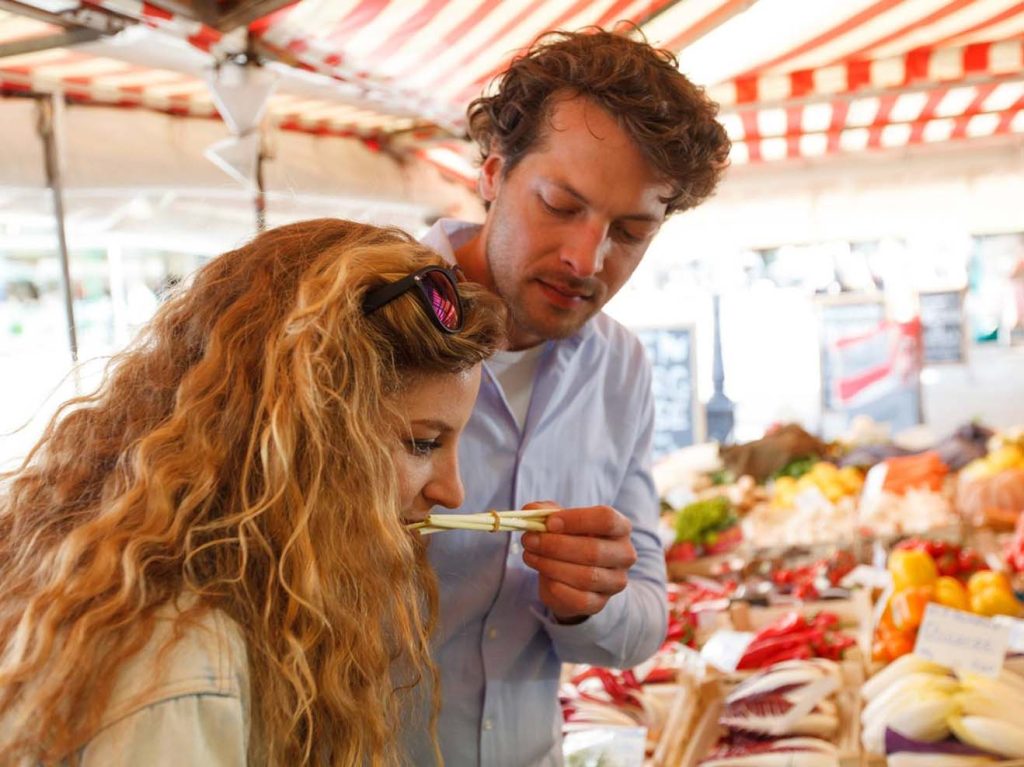
All that exploration has worked up an appetite, and Munich has just the place to satisfy it—the Viktualienmarkt. This bustling food market is a gastronomic paradise situated in the heart of the city. Its stalls are brimming with fresh produce, artisan cheeses, sausages, freshly baked bread, and much more. It’s an excellent place to immerse oneself in the flavors of Bavaria.
I opt to indulge in a traditional Bavarian snack: a pretzel. The pretzel is warm, slightly crispy on the outside, and soft and doughy on the inside. Its dough is perfectly seasoned with salt, creating a harmonious balance of flavors. Paired with a cold glass of Weißbier, or wheat beer, it’s a delightful Bavarian treat.
The market’s beer garden is an equally charming place to unwind and savor traditional Bavarian cuisine. I enjoy regional delicacies such as Weißwurst, a white sausage, and a hearty Sauerbraten, a pot roast that’s tender and rich in flavor, complemented by a side of tangy red cabbage and creamy potato dumplings.
Oktoberfest – Munich’s Grand Celebration
My autumn adventure wouldn’t be complete without experiencing Oktoberfest, Munich’s grand celebration of beer, food, and Bavarian culture. The festival, which typically runs from late September to the first weekend in October, is one of the largest beer festivals in the world. I’m excited to join in the festivities.
Opening Hours: Varies; typically from late September to the first weekend in October
Admission: Free; individual tents may charge an entrance fee
The atmosphere at Oktoberfest is electric. Crowds of people in dirndls and lederhosen gather under the festival’s iconic tents, each representing a different Munich brewery. The festive mood is contagious, and the music, laughter, and camaraderie fill the air. I find a spot in one of the tents, where a live band plays traditional Bavarian tunes. I join in the cheerful “Prost!” (cheers) with fellow revelers as we raise our beer steins.
Of course, I can’t resist trying some of the festival’s classic treats. Bratwurst and pretzels are on the menu, but my favorite is the Apfelstrudel, a warm apple pastry served with a dollop of vanilla sauce. It’s the perfect sweet ending to a day of revelry.
As the sun sets and the festival lights illuminate the grounds, Oktoberfest takes on a whole new charm. It’s an experience that should be on every traveler’s bucket list.
The Beauty of St. Peter’s Church
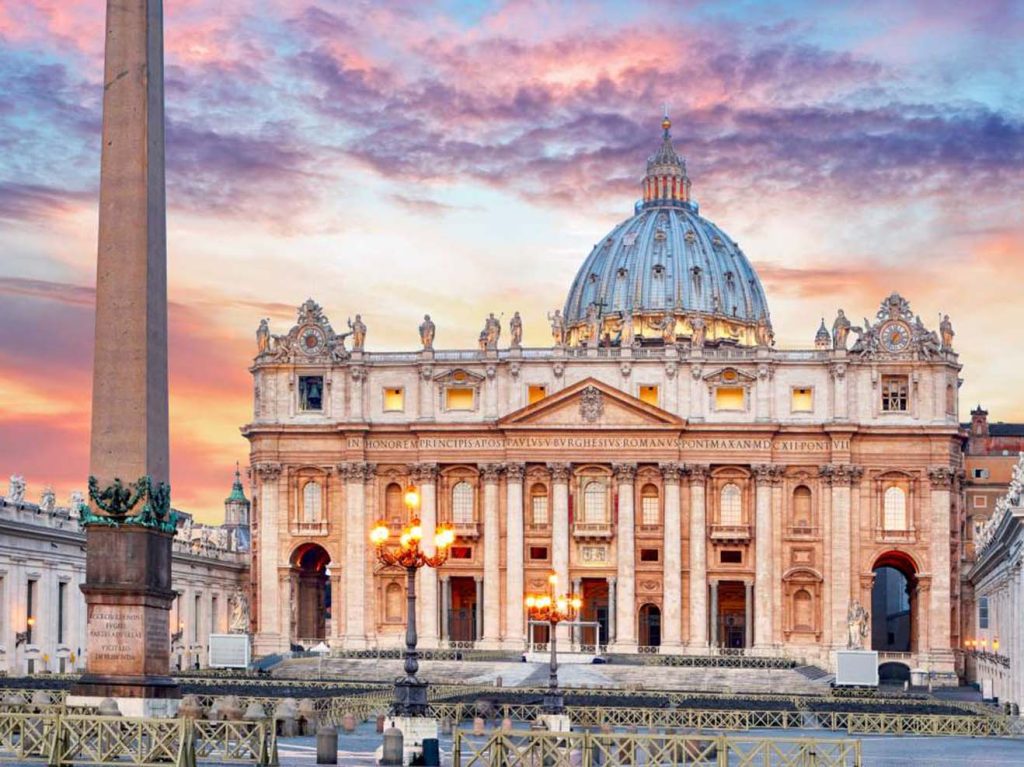
Amidst the architectural grandeur of Munich, St. Peter’s Church, or Peterskirche, stands as a testament to the city’s historical and spiritual significance.
Opening Hours: 9 AM – 6:30 PM (7 PM on Sundays)
Admission: Free; Tower Climb – €3
Nestled in the heart of the city, St. Peter’s Church is a striking structure that has witnessed centuries of history. Its humble exterior gives way to a lavish interior, adorned with beautiful frescoes and intricate designs. However, what I was truly drawn to was the opportunity to climb the church’s tower.
The ascent to the tower was a steep one, and I found myself climbing a narrow spiral staircase that was as old as the church itself. But the effort was well worth it. As I reached the summit, I was greeted with panoramic views of Munich. The city lay before me in all its glory, its iconic landmarks and historic streets spread out beneath my feet.
The view from the tower was particularly stunning in the autumn months. The city’s rooftops were adorned with terracotta tiles, and the surrounding trees displayed their vibrant fall foliage. I took my time to soak in the beauty of Munich from above.
As I descended from the tower, I had a chance to explore the interior of the church more thoroughly. The high vaulted ceilings, adorned with ornate decorations, created an ambiance of reverence and history. The ornamental details and the sense of devotion within the church’s walls were remarkable. St. Peter’s Church was a place where Munich’s rich past and its cultural depth converged.
Practical Tips for Your Munich Autumn Journey
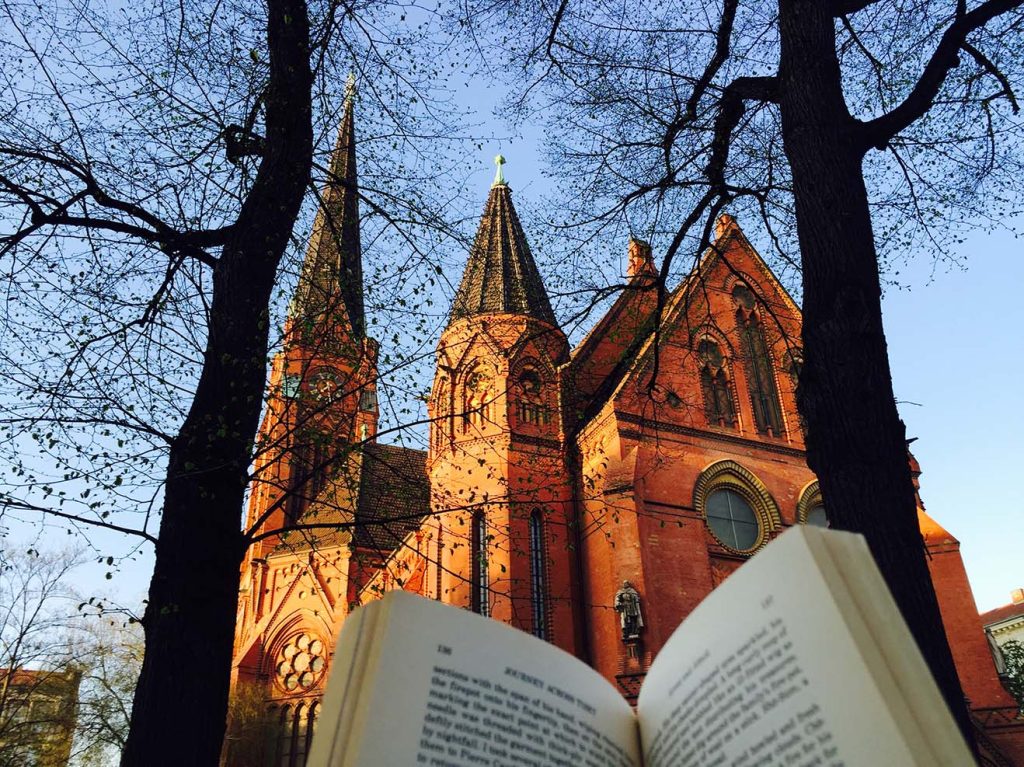
- Dress in Layers: Munich’s autumn weather can be unpredictable, so layering is essential. A warm jacket, a scarf, and comfortable walking shoes are a must.
- Use Public Transportation: Munich’s U-Bahn and tram systems are efficient and the best way to navigate the city. Consider purchasing a multi-day public transportation pass for convenience and savings.
- Plan for Museums: If you’re interested in visiting museums like the Deutsches Museum, plan to spend a few hours at each. Consider guided tours to make the most of your visit.
- Enjoy the Local Food: Don’t miss out on Bavarian specialties. Try different dishes at the beer gardens and markets, and indulge in traditional desserts like Apfelstrudel.
- Reserve a Table: Hofbräuhaus can get crowded, so it’s a good idea to make a reservation for dinner if you want to secure a table.
- Cash and Cards: While most places in Munich accept cards, it’s a good idea to carry some cash, especially for small purchases at markets and food stalls.
- Cultural Awareness: It’s polite to say “Prost!” (cheers) before taking a sip in Bavaria. Familiarize yourself with some basic German phrases to enhance your experience.
Munich in the autumn is a traveler’s dream. The city’s historic charm, cultural richness, and vibrant culinary scene create an unforgettable experience. As I prepare to leave Munich with a heart full of memories, I’m already looking forward to returning to this enchanting city, perhaps during another season to witness its ever-changing beauty.
